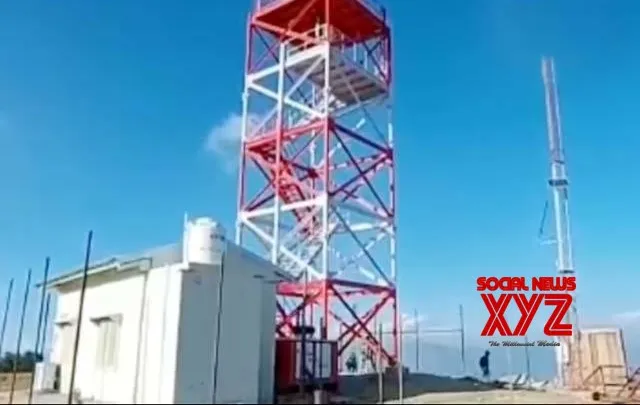The government has initiated the procurement and installation of 10 X-band Doppler weather radars (DWRs) to enhance weather forecasting and monitoring capabilities in the northeast region and Himachal Pradesh’s Lahaul and Spiti district, the Parliament was informed on Thursday.
Union Minister of State (Independent Charge) for Science and Technology, Dr Jitendra Singh, told the Rajya Sabha that radars are set to be installed at key locations across the northeastern states.
These include Guwahati, Dhubri, Jorhat, Tezpur and Silchar in Assam, Aizawl in Mizoram, Dimapur in Nagaland, Imphal in Manipur; and Mandala Top and Namsai in Arunachal Pradesh.
“The radars are expected to significantly bolster the region’s capacity to monitor and respond to weather-related events,” said the minister.
Dr Singh informed that in addition to the installations in the northeast, the government has successfully completed the procurement process for an X-Band DWR for the Lahaul and Spiti district.
“The radar will play a crucial role in enhancing weather forecasting in the Himalayan region, which is prone to sudden and severe weather changes underscoring the government’s commitment to improving disaster preparedness and providing accurate weather information to the citizens of these regions,” he said.
The deployment of these radars is part of a broader initiative by the government to strengthen the country’s meteorological infrastructure.
“By enabling more precise and timely weather predictions, these radars will contribute to better disaster management, potentially saving lives and reducing property damage during extreme weather events,” he stressed.
The X-band radars operate on a wavelength of 2.5-4 cm and a frequency of 8-12 GHz. Because of the smaller wavelength, they are more sensitive and can detect smaller particles. X-band radars also attenuate very easily, so they are used for only very short-range weather observation. X-band radars are typically used for studies about cloud development and light precipitation due to their ability to detect tiny water particles and snow.






















